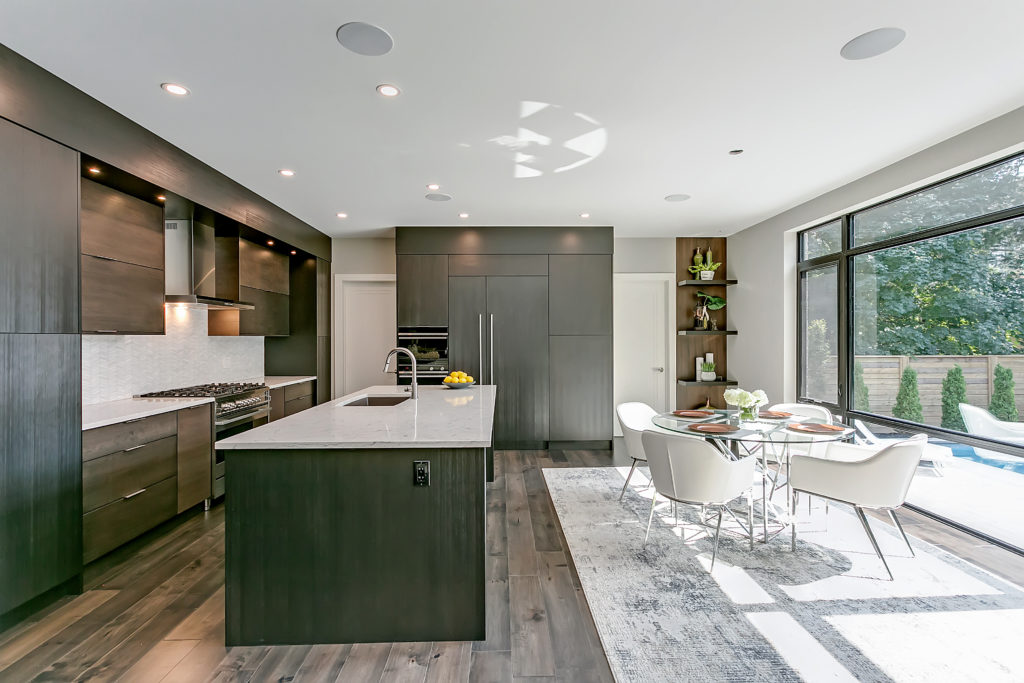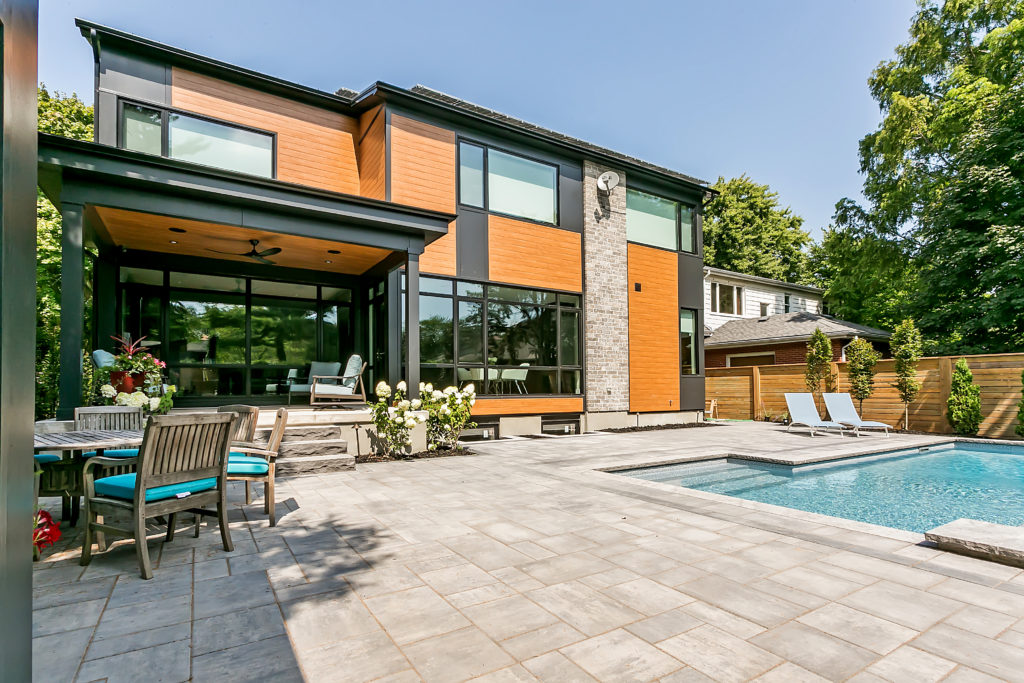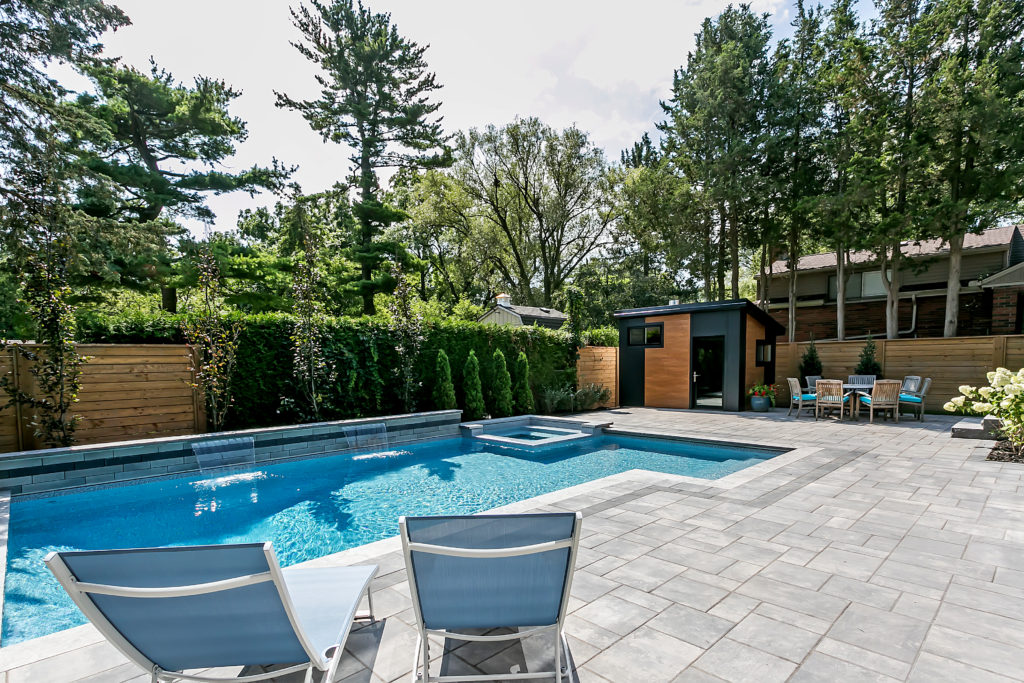
It should come as no surprise that Chelten Homes
would want to cement a reputation as certified net-zero builders.
Anyone familiar with the Waterdown, Ontario, company would be the first to tell
you that going that extra mile is a trait Chelten Homes has long embraced. And the current net-zero designation of a
home at 218 Ascot Place in Burlington is no exception.
“The project at 218 Ascot Place in Burlington has been an exciting one
for Chelten Homes on many fronts,” says Marcel Leclerc, president of Chelten
Homes. “Our impetus for building this home started with our desire to be certified
as net-zero builders. We believe there are better ways to build a home
that provide the homeowner with the benefits of increased climate control
within the home and lower operating costs, while at the same time reducing the
strain on the environment and our natural resources.

“With a net-zero home, we all win and we want to be at the forefront of this building practice; and this project gave us the experience we needed.”
Previously, Chelten Homes made a name for
itself by espousing walkable communities, utilizing construction materials from
local craftspeople and optimizing livable space.
With 218 Ascot Place, Chelten Homes raises the bar even more.
“We enjoy being pushed and expanding our
experience as builders so we asked the architect [for 218 Ascot Place] to pick
a style of home we had not done before,” Leclerc says. “She came up with an
impressive West Coast Modern design, which challenged us to think differently,
source new and interesting materials, and build differently. We are very
excited with this project and the end result and look forward to being able to
refine and grow with the next project.”

To be clear, 218 Ascot Place is a net-zero
home, meaning it’s air-tight, well-insulated and energy-efficient and will
produce as much renewable energy as consumed, leaving the occupants with a net-zero
energy bill and a carbon-free home.
For example, the first hydro bill for the home, provided by Burlington Hydro,
shows s sizeable energy credit. The
energy consumption was 192 kWH and the home generated 842 KWH of energy. It
should be noted that the first month included running the home with four
occupants, daily use of air conditioning … plus pool maintenance. The custom
solar PV system, by the way, is forecast to provide a lifetime savings on electricity
of $127,030, according to Bluewater Energy from Guelph, Ontario.

More specifically, here is a list of features that contribute to the overall energy-saving package:

All
in all, Chelten Homes believes the net-zero offerings will continue to
complement the competitive advantages the company has over others in the
construction industry.
“Chelten is family in many ways,” says Leclerc. “Each employee acts like a
leader and is encouraged to be an innovator in everything we do.
“They look upon every task as how will it impact other members of the Chelten family, how it will benefit a project and, ultimately, how will the customer benefit. We like to under promise and over deliver.”

That dedication is often supported even more as many Chelten Homes’ team members live close to the communities/neighbourhoods the company plans and develops.
“So that means we develop a personal connection to each and every project,” says Leclerc. “We practice what we preach on a daily basis. We are never satisfied with a job well done.”
Web / cheltenhomes.com